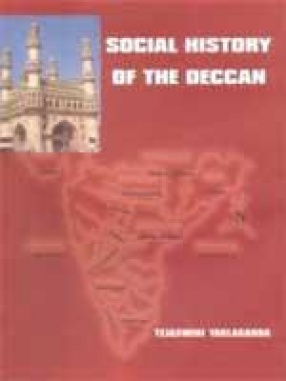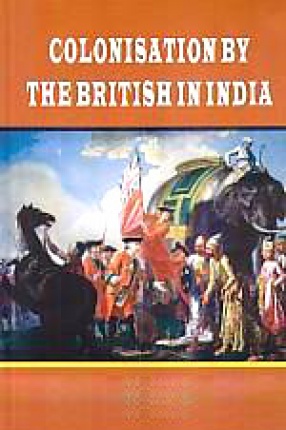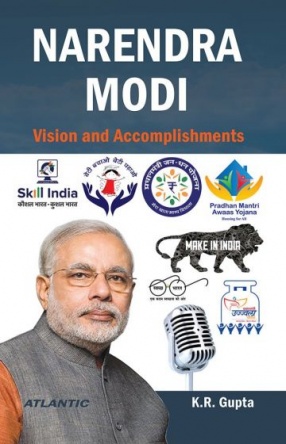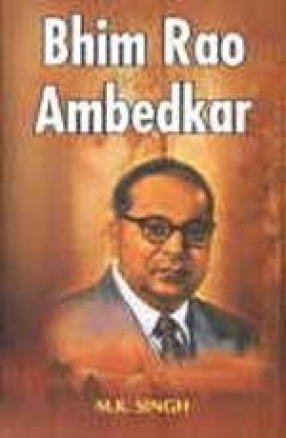The first chapter entitled Historiographical Contest, deals with the existing methodological biases of the subject with a discussion on society, economy, rural space. In Chapter II: Geo-Political Context, aspects like the geographical configuration of the area under study and its impact on the nature of the political power structure are elaborated. The rules tried to control the fertile tracts between the rivers Krishna and Tungabhadra, emerge as a Zone for the legitimization of their political power. It is highlighted against the background of recent writings on States formation for the early medieval period (1000-1200 A. D.) In Chapter III: Social Context, the nature of social Stratification, as Constituting relations of dominance and sub ordination which are expressed in different forms and at various levels of social Change are dealt with. The variables of political power, economic class and social castes have been taken up to analyze the social set-up and it is understood that social relationships at the rural level were linked to the larger and supra-local society, giving rise to highly stratified and complex interdependence between various groups. In Chapter IV: Economic Context, it is focused on analyzing the chronological dimensions of social change when comprehended in relation to the spatial parameters of their location get crystallized in the form of agrarian activity. It ends with a discussion on the spurt in arsenal and mercantile production. In Chapter V: Spatial Context, various configurations and permutations of the settlements mentioned in the inscription are discussed. The change and dynamic scenario of space has been focused and argued how certain category of settlements gained pre-dominance at a particular point of time leading to the formation of important nodes in the hierarchy of settlement patterns. In Chapter VI: Ideological Context, aspects like the political, economic and social and spheres of activity conglomerate on the religious space represented by temple, are expressed. The temple was an important productive areas. Though cultural integration was co-existed at the regional level, sometimes, they exhibited certain contradictions that were resolved only through the exertion of poser which itself was intertwined, at the political, economic, social and ideological level of its operation. This book ends with Recapitulation and Conclusion, in which the major contributions of the present work have been highlighted. It is also suggested that the material and ideological forces have to be studied that the material and ideological forces have to be studied in relation to each other so as to theoretically see the inseparability of the secular and the religions.
Colonisation by the British in India
$46.80
$52.00





There are no reviews yet.